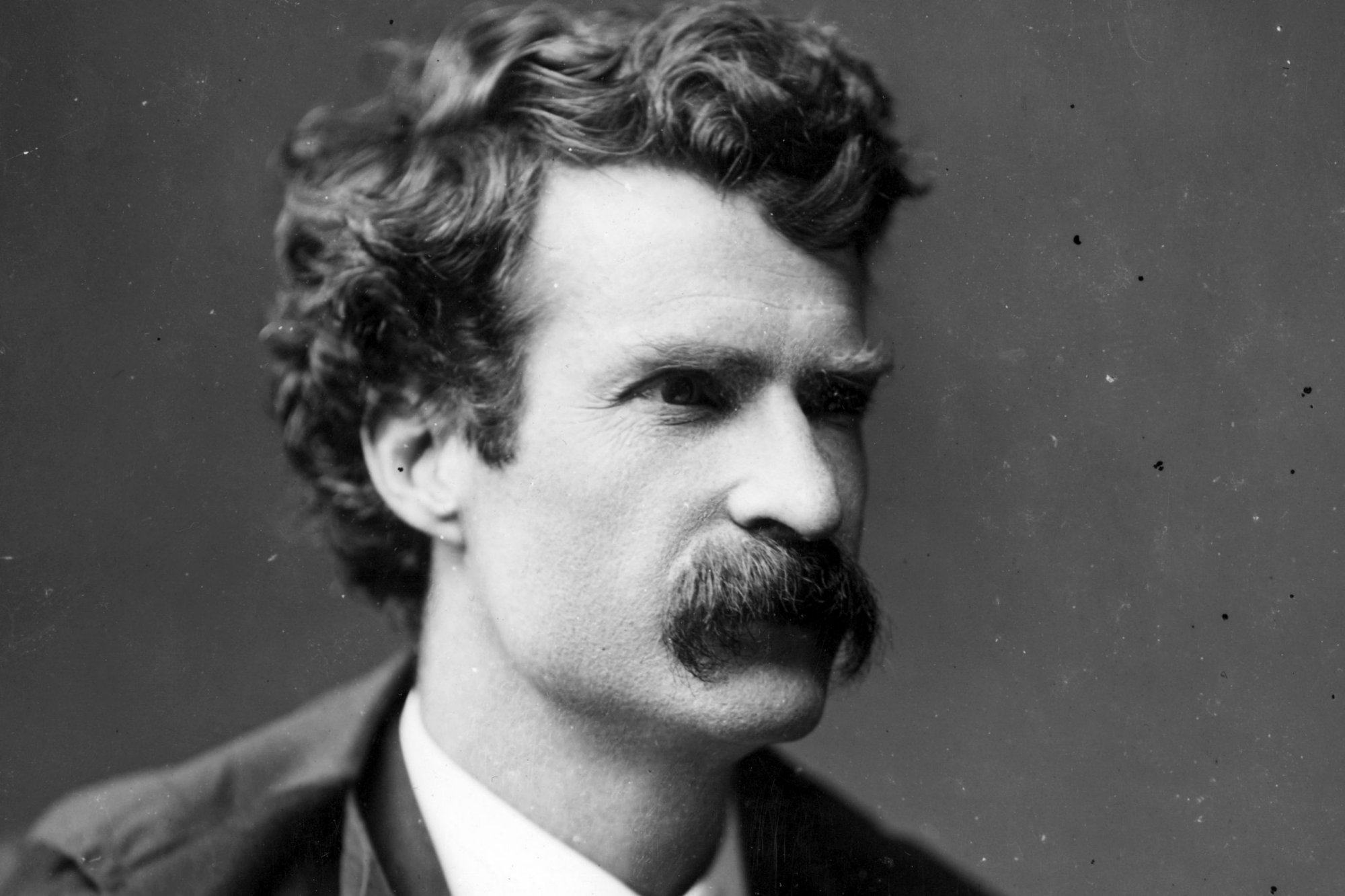Those who only know T.S. Eliot from such early poems as “The Love Song of J. Alfred Prufrock” and The Waste Land may be surprised to encounter what many critics consider his greatest work, the Four Quartets. The Eliot of the earlier, better-known poems alternates between mocking dissection and tragic lamentation for the supposed cultural decay of the West; in The Waste Land especially, Eliot draws upon his considerable erudition to collapse centuries of poetic and religious text into shards of modernist ingenuity and sharp fragments of despairing irony. The Four Quartets, on the other hand—first published in 1943, though written separately over a period of six years—-attempts to unify traditions, in ways both more earnest and more oblique than readers of Eliot had seen before.
The central theme tying together the four poems—“Burnt Norton,” “East Coker,” “The Dry Salvages,” and “Little Gidding”—is time: as eternity, as emptiness, as a wasteland of words and gestures without meaning or purpose. “If all time is eternally present / All time is unredeemable,” the poet argues in “Burnt Norton,” and he goes on to illustrate ideas drawn from St. Augustine, the Christian mystics, and the Upanishads. Although, as George Orwell wrote in a review, the poems “appear on the surface to be about… certain localities in England and America with which Mr. Eliot has ancestral connexions,” they also serve as a philosophical apologia for his deepening Anglo-Catholicism. Orwell, however, doubted Eliot’s religious sincerity; “there is faith” in the poems, he wrote, “but not much hope, and certainly no enthusiasm.”
Yet much of the appeal of the Four Quartets to those of a mystical bent comes from the poems’ enacting of a meditative faith, however tenuous, held amidst tumults of meaningless activity and a chilling sense of cultural enervation. (One pregnant phrase from “Burnt Norton” inspired the title of a book on Zen and Christian mysticism.) Eliot’s conservatism may prevent him from imagining any sort of worldly human progress, but generations of readers have seen in the Four Quartets the profoundest meditation on a spiritual journey, and it is perhaps in those late poems, written in the poet’s middle age, that Eliot comes closest to his personal literary hero, Dante, who entered the dark wood in the Canto I of The Inferno while “halfway along life’s path.”
In a previous post on the Four Quartets, we featured Eliot himself reading the poems, and Mike Springer offered some helpful context on their settings. Above, we have the rare treat of a reading by Sir Alec Guinness. Recorded in 1971—six years before Guinness donned Obi-Wan Kenobi’s robes—we hear in his reading the gravitas that made his Star Wars Jedi guru seem so wise and weary (though apparently he did not relish that role). As an added bonus, below, hear an audio production of The Waste Land with clips of readings by Guinness, Ted Hughes, Fiona Shaw, Eliot himself, and more.
It’s interesting to hear these audio renditions of the late and early poems side-by-side: Four Quartets held together by the singular soothing voice of Guinness, The Waste Land split apart into the multiple voices of its various characters. (Eliot originally titled the poem “He Do the Police in Different Voices.”) Click here to hear Eliot himself read The Waste Land, his high modernist masterwork of despair and epic ennui.
Related Content:
Read the Entire Comic Book Adaptation of T.S. Eliot’s “The Love Song of J. Alfred Prufrock”
Listen to T.S. Eliot Recite His Late Masterpiece, the Four Quartets
Josh Jones is a writer and musician based in Durham, NC. Follow him at @jdmagness









